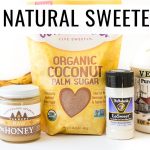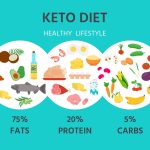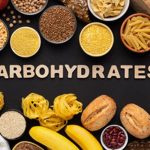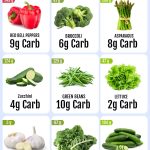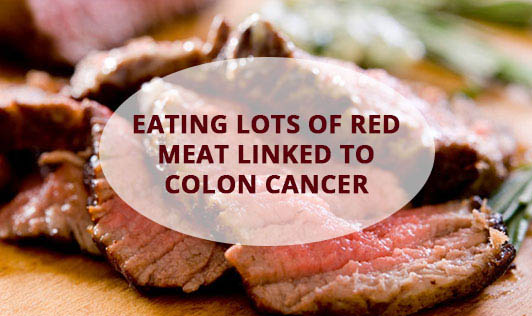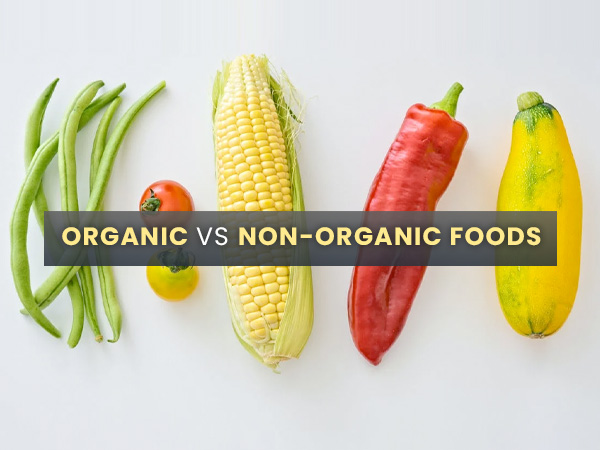Healthy Diet for Those Over 50 : As we age, maintaining a healthy diet becomes increasingly vital for overall well-being. A balanced and nutrient-rich diet can contribute to better energy levels, improved immune function, and a reduced risk of chronic diseases. In this comprehensive guide, we will explore the key components of a healthy diet for individuals over 50, providing practical tips, external links to reliable resources, and answers to frequently asked questions.
Table of Contents
ToggleThe Foundation of a Healthy Diet
1. Nutrient-Dense Foods
Prioritizing nutrient-dense foods is crucial for meeting the changing nutritional needs of the body. Fresh fruits, vegetables, whole grains, lean proteins, and healthy fats should form the foundation of a balanced diet.
2. Hydration
Staying hydrated becomes even more critical as we age. Water supports various bodily functions, including digestion, circulation, and temperature regulation. Aim for at least 8 glasses of water per day, and consider incorporating herbal teas and water-rich foods like fruits and vegetables.
3. Adequate Protein Intake
Protein is essential for maintaining muscle mass, bone health, and overall strength. Include sources of lean protein such as fish, poultry, beans, and tofu in your meals.
4. Fiber-Rich Foods
Fiber aids in digestion, helps regulate blood sugar levels, and supports heart health. Whole grains, legumes, fruits, and vegetables are excellent sources of dietary fiber.
External Resources and Links
1. National Institute on Aging – Healthy Eating After 50
Explore the National Institute on Aging’s insights on the importance of healthy eating for individuals over 50, including specific dietary recommendations and guidelines.
2. Harvard Health Blog – Eating for Longevity
Harvard Health Blog offers valuable insights into the connection between diet and longevity. Learn about specific foods and dietary patterns that can contribute to a longer, healthier life.
3. MyPlate for Older Adults
The United States Department of Agriculture provides tailored nutrition advice for older adults through the MyPlate program. Discover practical tips and meal planning resources.
Tips for Healthy Eating Over 50
1. Portion Control
As metabolism naturally slows with age, portion control becomes crucial to prevent overeating. Pay attention to hunger and fullness cues, and consider using smaller plates to help with portion sizes.
2. Include Omega-3 Fatty Acids
Omega-3 fatty acids, found in fish, flaxseeds, and walnuts, play a role in heart health and cognitive function. Aim to include these sources in your diet regularly.
3. Limit Added Sugars and Processed Foods
Reducing the intake of added sugars and processed foods helps maintain stable blood sugar levels and supports overall health. Opt for whole, minimally processed foods whenever possible.
4. Regular Physical Activity
Complementing a healthy diet with regular physical activity is essential for maintaining weight, muscle mass, and overall vitality. Engage in activities you enjoy, whether it’s walking, swimming, or yoga.
Managing Blood Sugar with Raisins: A Delicious Solution for Diabetes
Frequently Asked Questions (FAQs)
Q1: How does nutritional needs change after the age of 50?
A1: Nutritional needs may change due to factors such as metabolism slowing down and changes in muscle mass. Adequate intake of essential nutrients like calcium and vitamin D becomes particularly important for bone health.
Q2: Are supplements necessary for individuals over 50?
A2: While a well-balanced diet should provide most nutrients, some individuals may benefit from supplements, especially vitamin B12 and vitamin D. Consult with a healthcare professional for personalized advice.
Q3: Can I still enjoy my favorite foods while maintaining a healthy diet?
A3: Absolutely! It’s about moderation and balance. You can enjoy your favorite foods occasionally while prioritizing nutrient-dense options in your regular meals.
Q4: How can I make meal planning easier as I age?
A4: Simplify meal planning by focusing on batch cooking, using simple recipes, and incorporating a variety of colors and textures into your meals. Utilize resources like meal delivery services if needed.
Conclusion
Embracing a healthy diet after 50 is a proactive step towards aging gracefully and maintaining optimal health. By prioritizing nutrient-dense foods, staying hydrated, and incorporating lifestyle habits such as regular exercise, individuals can navigate the aging process with vitality. The external links and FAQs provided offer additional support and information, empowering individuals to make informed choices for their health and well-being.




